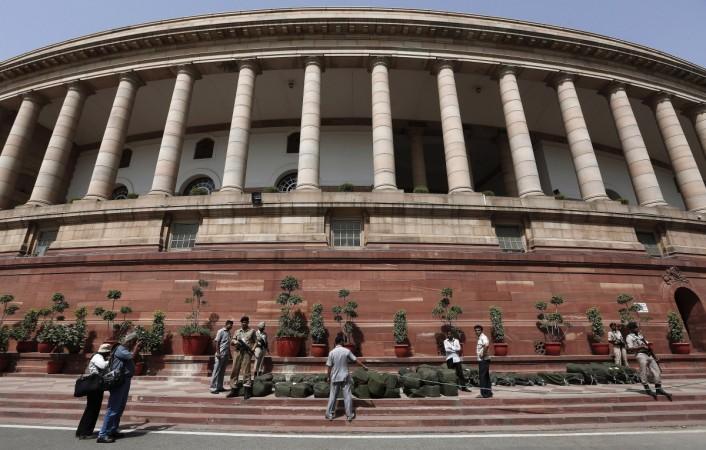
Finance Minister Arun Jaitley will be presenting Budget 2017 next Wednesday, the fourth by the Narendra Modi government since it came to power in May 2014. However, the estimates for 2017-18 in the budget need to be taken with a pinch of salt, given the circumstances and the context.
Read: Budget 2017 offers chance to reduce import duty on gold before GST, says Quantum AMC
While the uncertainty of estimated FY2018 growth projections and the likely implementation of the Goods and Services (GST) Tax are two key factors that could make the budget estimates a bit sceptical, a third dimension would be on account of the fiscal dividend likely to accrue to the government after demonetisation (March 2017). Further, tax receipts from the second tax amnesty scheme (Pradhan Mantri Garib Kalyan Yojana, or PMGKY, 2016) make the exercise more challenging this year, according to brokerage Motilal Oswal Securities Ltd. (MOSL).
In its preview of Budget 2017, MOSL said that these four "channels" render the annual forward-looking document prone to "additional ambiguity."
GST uncertainty
After the ninth meeting of the GST Council this month, Jaitley had said that July 1, 2017 was a more realistic date for rolling out the unified indirect tax across India.
"Although this is one of the most awaited indirect tax reforms in the economy, the multi-layered tax structure proposed under GST – which will get implemented in the middle of a financial year – will bring opaqueness on associated tax collections, at least in the initial few months. Such uncertainty will also make the numbers presented in the Union Budget highly sceptical," MOSL said.
Second tax amnesty scheme
The March 31 deadline for people with undisclosed income to come clean under the PMGKY 2016 is also a critical factor. "All the government spending plans will have to be approved in the Parliament, and the government thus needs to balance all the expenses with the source of financing. Apart from the uncertainties associated with the aforementioned factors, it is also important to note that some of the schemes, under which the government could potentially raise tax receipts, would continue till March 31, 2017. Thus, the government's estimates on tax collection on account of these schemes would be open to doubts," the preview said.
Demonetisation dividend
The notes not returned to the banking system after March 31, 2017 deadline presents another revenue side uncertainty, made more complex by the RBI's accounting year. "Since the RBI functions on July-June year, the actual amount of special dividends that could arise from the extinguishment of the RBI's liabilities would be known at a much later date. Consequently, the Union Budget 2017-18 will come with an additional layer(s) of ambiguity, raising questions on the numbers presented by the government on February 1, 2017," according to MOSL.
Unrealistic GDP growth estimates
The government's GDP growth estimates for FY2018 are likely to have more ambiguity than usual, including for the current fiscal.
"In fact, the central government assumed nominal FY17 GDP growth at 11% in its Budget 2016-17. With demonetisation, 12% growth in nominal GDP appears ambitious and unrealistic, in our view.
"If the central government decides to use the CSO's advance estimates, it could easily peg FY18 nominal GDP growth estimate at 13% (as against market consensus of 12% and our expectations of ~11%)...Although this risk is run every time the government presents its budget, the rise in uncertainty due to demonetisation has created an additional layer of vagueness to such estimates," MOSL said in its preview.








